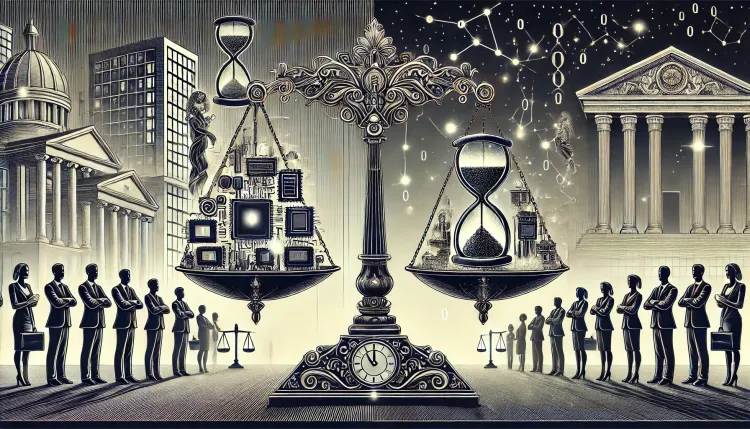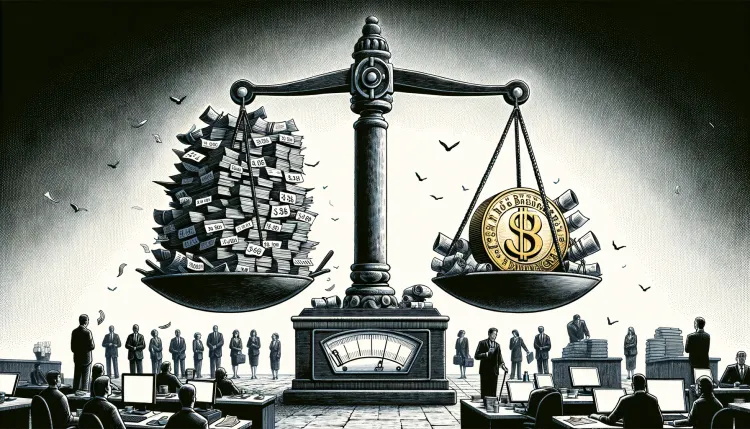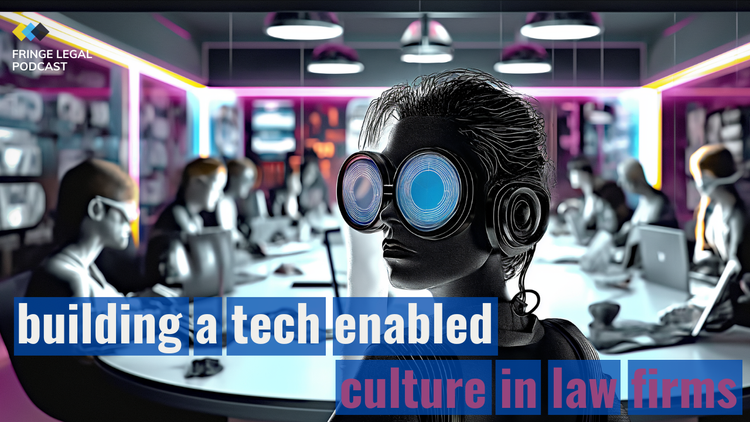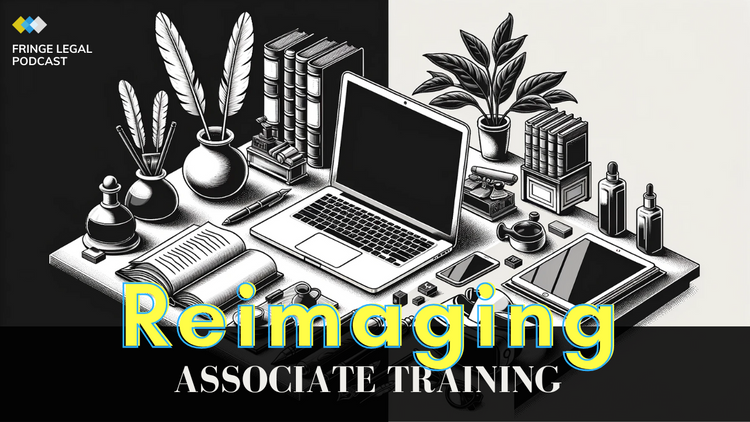Katrina Gowans on managing change

Katrina Gowans is the National Legal Transformation Lead for Origin Energy. Katrina is also a member of the Advisory Board on the College of Law’s Centre for Innovation, a legal innovation think tank established by the College in 2016. Prior to stepping into Legal operations, Katrina was a lawyer at Origin for 5 years and before that worked in the competition and consumer practice at King & Wood Mallesons for over a decade.
SUBSCRIBE AND REVIEW: iTunes // Spotify // Pocket Casts // Stitcher
SHOW NOTES
It’s really important to spend that initial time on the vision. The ‘why are we doing it?’ And, the next sort of stage for me was them saying – the technology that we were adopting was really just a tool to get us on that vision. It’s not the solution, because we’re the solution. Like how we use it is the solution, but here’s the tool that we’re going to start with for us on our vision.
Then there was a lot of planning. The next thing is really being quite studious, really detail-oriented about planning, and planning some more; having a communication strategy, thinking about how you talk to different lawyers. If people email them, if you have weekly standups and, I learned quite early on, for example, that sending emails every day, just didn’t cut through.
Because the lawyer never read them. So using different channels to communicate the change that’s coming is very important and being quite sensitive to the audience. And that’s my next point: thinking about the audience because you’re going to have change champions in your audience, you’re going to have people that are very reluctant and then you can have everybody in between.
We recorded this conversation in Feb 2020, and Katrina then also spoke at the Fringe Legal Virtual Summit. During that session, she expanded much further into the knowledge-based way of working. It’s well worth a watch, and Katrina answers the following thesis: what do you do to capture and share the lawyers’ knowledge, both for the current team and for the future? Do you have a strategic plan to capture that knowledge and a culture aimed at making this a priority?
My caution to everybody’s always, you know, think about what you’re spending on the technology, but then also think about what you’re spending both in terms of money and time in terms of the implementation and the adoption of that technology because the measure of success isn’t the software, It’s how your team adopts it and uses it. So that’s where your focus should be
Build up a knowledge-based way of working, and what that really means is: the legal team’s biggest asset is everything in the brains of the lawyers in the team. All the experience that they bring to their job every day. But what I think many legal teams, including ours, had not done terrifically well at in the past that I actually think, by contrast, a lot of law firms do well is capturing that knowledge.
So building a central repository so that you can share it with each other now and for the future. So we have been on a journey for this financial year to sort of build up firstly, a team culture to sort of really embed in our lawyers, the importance of anything that you learn, you share, and how you do that.
In this episode you’ll learn about:
- Katrina’s journey from private practice to inhouse to leading a transformation initiative
- One simply thing private practice lawyers can do to add value to their clients
- Build up a knowledge-based way of working – what it means and how to do it
- How Katrina and her team measure the success and effectiveness of internal initiatives
- Utilizing technology as a catalyst for innovation and managing the change project that comes with it
- Practical suggestions for in-house legal teams as they tackle internal projects, including if you have a large, medium, or a small team.
So I also spent a lot of time, once we launched our system and trained our lawyers, and we started in it, going around and sitting down and saying: “what are your issues”? Give me issues. And also, what are your ideas for improving it? And I logged them all. Then as I slowly went through them all, I kept closing the loop either directly with the lawyer or with the team.
And I’d say, I fixed this problem now, or I’ve let everybody know we’re making this change to our system because so-and-so saw that this was a great idea or gapping the technology that we had. Where that gets you to is I think somewhere where the team actually owns the technology and they really are thinking about it’s theirs.
How do they continue to maximize it? It’s got a very open dialogue about continuous improvement. Everybody knows that it’s never going to be a hundred percent perfect, technology never is, but everybody’s got a very, forward-looking approach to how we’re gonna use it. And, keeping on, that continuous improvement cycle.






Become a Fringe Legal member
Sign in or become a Fringe Legal member to read and leave comments.
Just enter your email below to get a log in link.